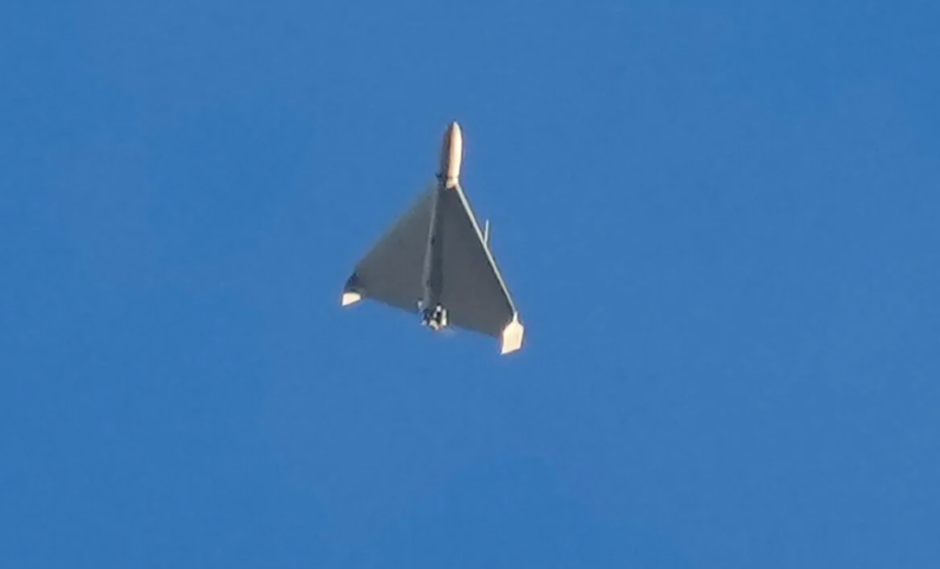Recent research has shown that cranes are capable of significantly transforming habitats. The research was conducted in Hortobágy, but the results are also valid for the area around Her To in Kardusket, located in the Koros Maros National Park. – It is reported on the website of the Directorate of Kouros Maros National Park.
In nature, organisms live in a complex and complex system of relationships with each other. Some of them have a significant impact on their living and non-living environment. Science also calls these organisms “ecosystem engineers”, these organisms, which significantly change their environment, for example, are beavers, which are able to influence the behavior of rivers, change the composition of vegetation and ultimately transform the entire landscape.
Hungarian researchers have demonstrated that there is significant ecosystem transformation activity in grassland habitats, the hero of which is a type of bird, the crane. The research group of the Environmental Research Center demonstrated this for the first time in Hortobágy, which is the most important resting and gathering place for cranes in Hungary.
The crane is capable of dramatically changing the ecosystem despite the fact that it is not a permanent resident of the area, but only appears in large numbers during the migration period. During migration, cranes gather their main food on corn stubble, but they often forage on grasslands, supplementing their diet with arthropods, insects and their larvae. Hunting for soil-dwelling invertebrates, they use their powerful beaks to cut, shear and turn over the soil along with the vegetation, thus creating so-called lever plows. These areas are usually only a few square meters in size. Crane tillage was a popular element of the steppe landscape, but we had no knowledge of its ecological role in the landscape.
The aforementioned research showed that due to the soil-transforming activity of cranes, patches are formed on the grass where vegetation is permanently lower, and in a short time significant changes occur not only in the structure of the vegetation cover, but also in the species composition and functioning of the ecosystem. Plants germinate earlier on crane plows, and open patches favor dicotyledonous establishment. (In other places, there are more monocotyledonous plants.) The presence of insect-pollinated plants also occurs in greater quantities, and is an important source of food for pollinating communities. For example, the mist flower is one of the first flowers to appear in these parts.
This habitat-transforming activity is not yet known for herbivorous bird species, and cranes exert this significant effect in just a few weeks.

Although the research was conducted in Hortobágy, similar experiences can also be reported near Fehér-tó in Kardoskút. This salt lake is one of the most important gathering and resting places for cranes on the Great Plains, and their number exceeded 30,000 at the peak period this year as well. The largest number of cranes perches are formed around the lake, because the birds do not land directly on the lake before the evening retreat, but on the surrounding meadows. They gather there, wait for each other and, meanwhile, get food of animal origin from under the ground. Last year, we also saw similar crane plowing in the buffer zone of the ancient Tatarsanchi meadow.
Crane plows around Fehér Tó are usually just a few square metres, and there are a few larger and larger ones. In September this year, we found 8,000 wildflowers in bloom on a half-hectare meadow on the south side of the lake. Venus is a type of plant that only occurs in single filaments in naturally enclosed grasslands, but in much greater numbers in open grasslands. There were 4-5 large lever plows (20-30 square meters) on a half-hectare patch of loess, on which there were much more sowing flowers than on the rest of the loess. So the cranes, with their soil-turning activity, have been shown to have carried out a major ecosystem transformation here as well.
(Source: Kouros Maros National Park Directorate: https://www.kmnp.hu/hu)












































